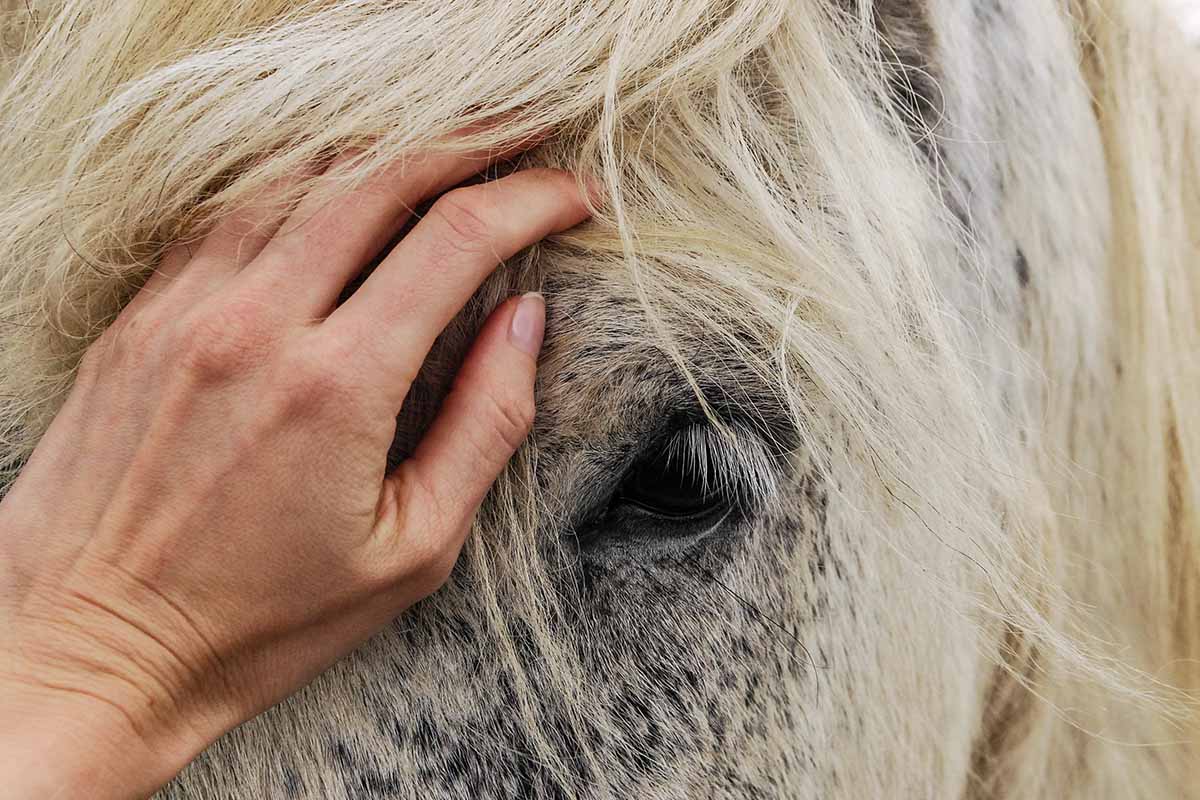
What Is Kissing Spine in Horses? Vibes
One researcher found that the highest prevalence of cases of ORDSP, or "kissing spines," in the horses he studied occurred in competitive jumping horses. (Getty Images) Overriding dorsal spinous processes (ORDSP), commonly known as "kissing spines" in horses, has become a commonly discussed and more frequent concern among sport horse.
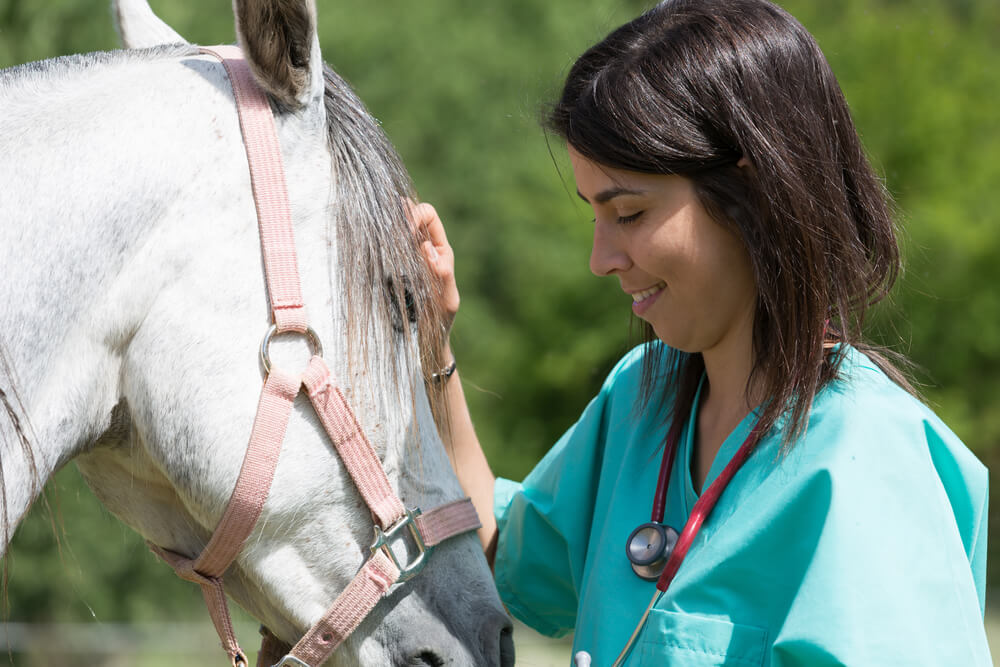
Kissing Spines In Horses Warning Signs & Treatment Horses & Foals
The term "kissing spines" refers to a decreased space between the dorsal (topmost) spinous process of the spinal vertebrae. The space can become so small that adjacent dorsal spinal processes.
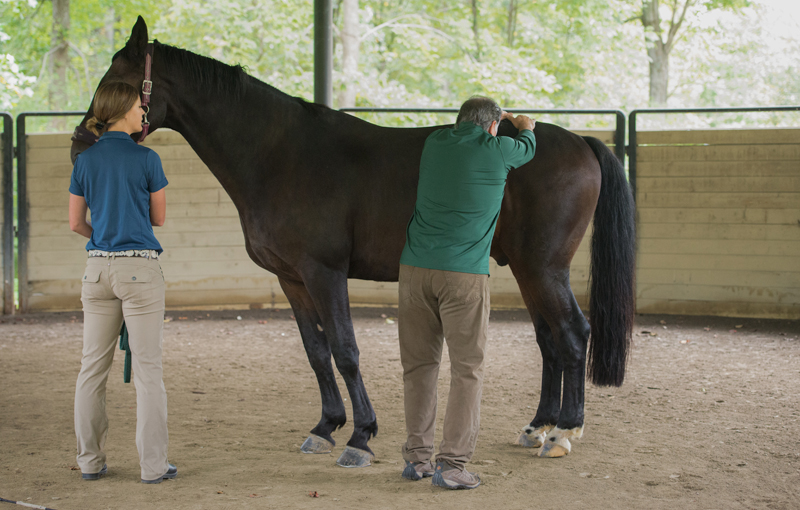
Kissing Spines in Horses
A condition commonly called kissing spines may be at the root of the issue. It's an impingement of the dorsal spinous processes, meaning that the tops of the bones in your horse's spinal column are too close together. Diagnosis requires x-rays of your horse's spine, but these may be inconclusive. Radiology usually requires that two views.

Kissing spines in horses what all horse owners need to know
Officially known as "overriding dorsal spinous processes" or "spinous process impingement" this term describes the touching or "kissing" of the long, thin bones that project upward from the vertebrae of the spinal column in the horse's back.

Kissing Spine In Horses, Symptoms, Treatment
Overriding dorsal spinous processes (ORDSP), aka Kissing Spine. Kissing Spine is an equine condition of the spine where the spaces between the vertebrate become so reduced that they actual touch; this touching effect relates to the 'kiss' and can create significant pain and lameness in your horse. Kissing spine is thought to be the most.
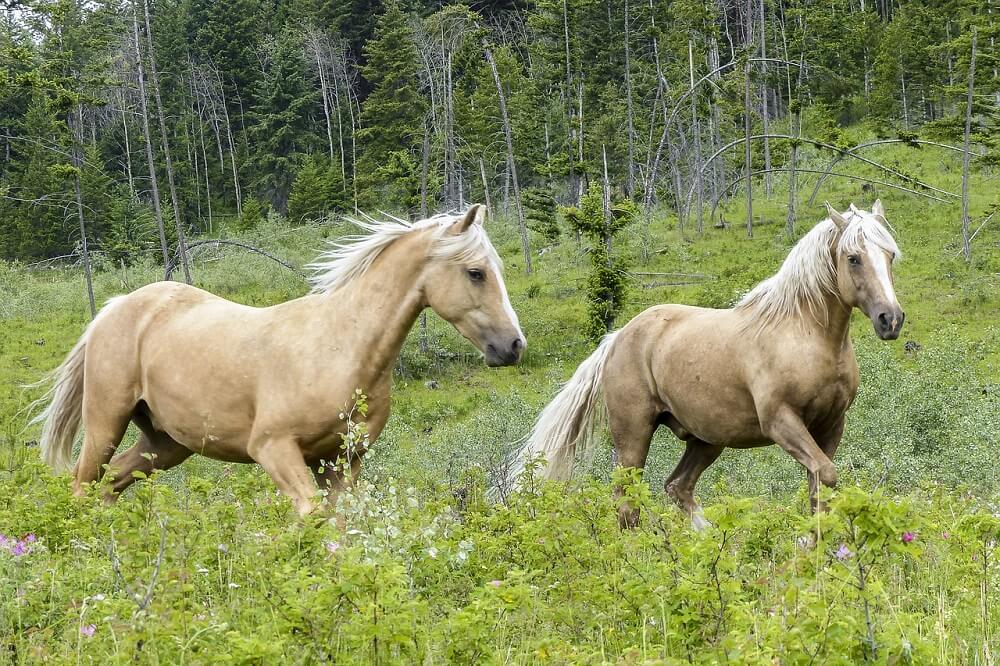
Kissing Spines In Horses Warning Signs & Treatment Horses & Foals
To diagnose kissing spines, your horse's veterinarian will most likely obtain X-rays or radiographs, an ultrasound, bone scan or magnetic resonance image (MRI) to get a complete picture of the severity of the condition.

Kissing spine surgery in horses Honnas Technique YouTube
Share In this back X ray, note the lack of space between the spinous processes and evidence of bone bridging between some of the severely affected processes. | Photo: Courtesy Dr. Jackie Hill If.
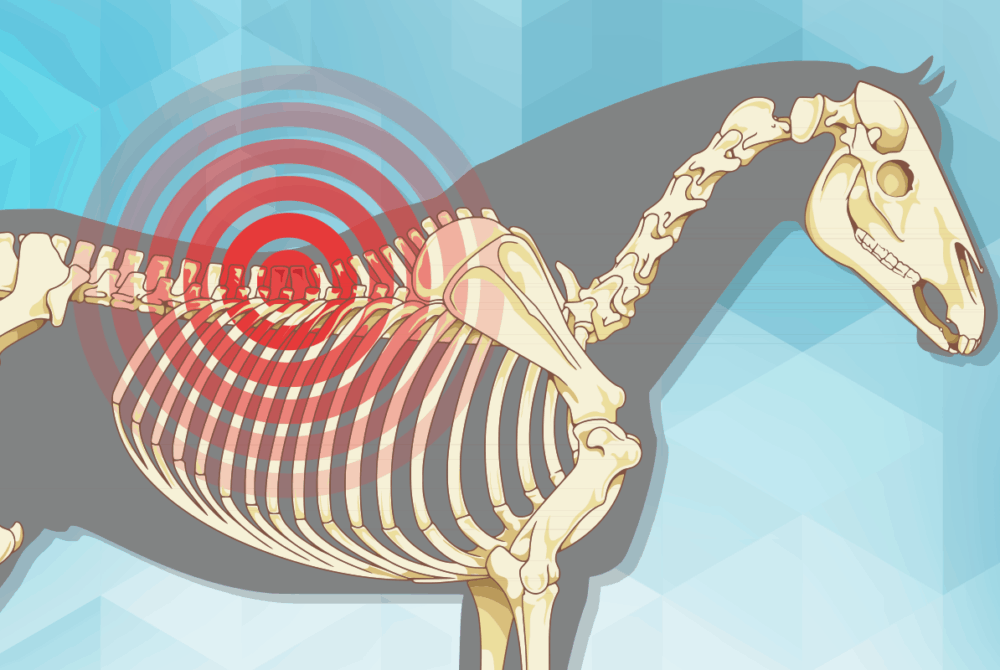
Kissing Spines all you need to know Horse and Rider
Kissing spine in horses decoded! From early signs to effective treatments, get all the insights. Elevate your horse's care regimen with specialized products. Only at Just Horse Riders.

How To Recognise And Treat Kissing Spine by Genevieve de Lande Long Horsemart Horsemart
An unusual gait. Splaying of the hooves when standing. Stiffness in the back legs and neck. Sensitivity or pain on palpation along either side of the spinous processes (the bony protrusions where spinal nerve roots emerge). Muscle atrophy in one or both hindquarters. Kissing Spine Horse Behavior

Understanding Kissing Spines The Plaid Horse Magazine
In horses with kissing spines, core strengthening is beneficial for several reasons: Improved Posture: Core muscles help maintain proper spinal alignment and posture. Strengthening these muscles encourage the horse to hold its back in a more neutral position, reducing the likelihood of spinous process impingement in the first place, or a.
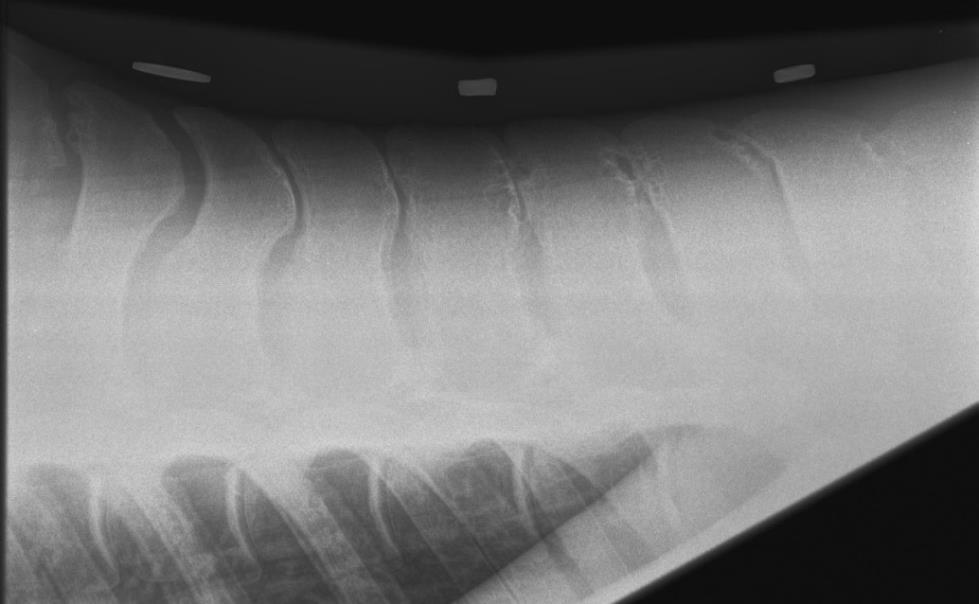
Equine Hospital ODSP (Kissing Spines) Surgery
Now have a look at the image below. You will notice that this X-ray shows an arrow pointing at an overlapping of bones. These are the spinous processes that are touching (or kissing) each other along the horse's back. There is no room for comfortable movement and the bones rub painfully together. Source

Equine Spinal Health A Comprehensive Guide to Understanding, Treating, and Preventing Kissing Spine
In his practice Fiske-Jackson manages kissing spines medically using an eight-week program. Weeks 1 and 2 10-20 minutes walking per day. Weeks 3 and 4 Add five minutes of longeing with a training.

What are the signs of kissing spine??? The Horse Forum
Causes Signs Treatment Kissing spine is a skeletal abnormality in horses in which bony projections on the vertebrae of the spine touch or "kiss". These projections are called dorsal spinous processes.

Understanding Kissing Spines The Plaid Horse Magazine
Dorsal Spinous Process Impingement (DSPI), also referred to as Kissing Spine Syndrome, is a condition that is unfortunately common in the equine world. It involves the horse's vertebrae rubbing together, causing a lot of pain, swelling, and discomfort. Here, we are providing a more detailed overview of Kissing Spine Syndrome in horses.
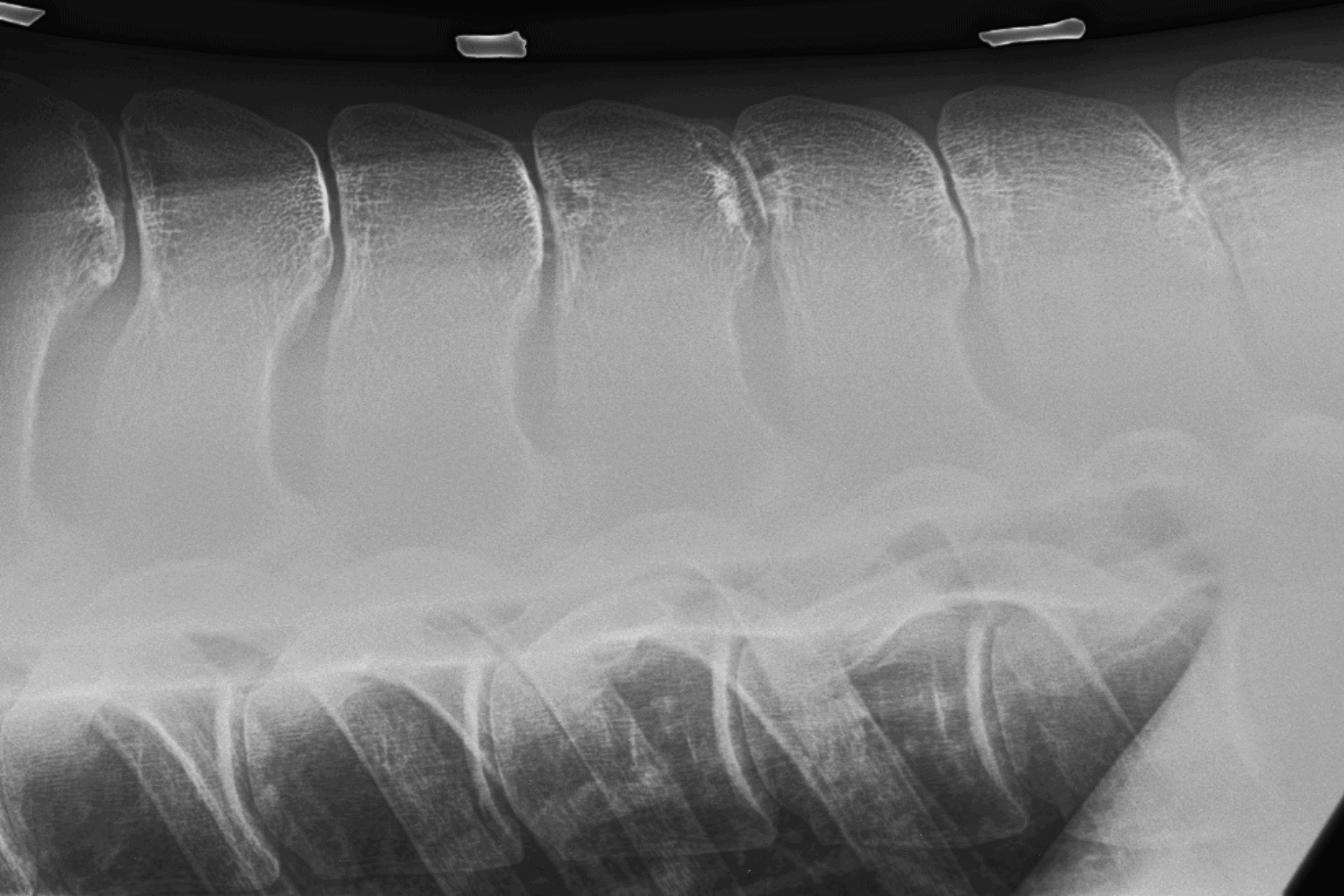
Kissing spines in horses Horse Health Programme
Carol Phillips 26 January, 2023 13:02 A horse undergoing Interspinous Ligament Desmotomy surgery for kissing spine. Kissing spines This article has been edited and approved by Karen Coumbe.
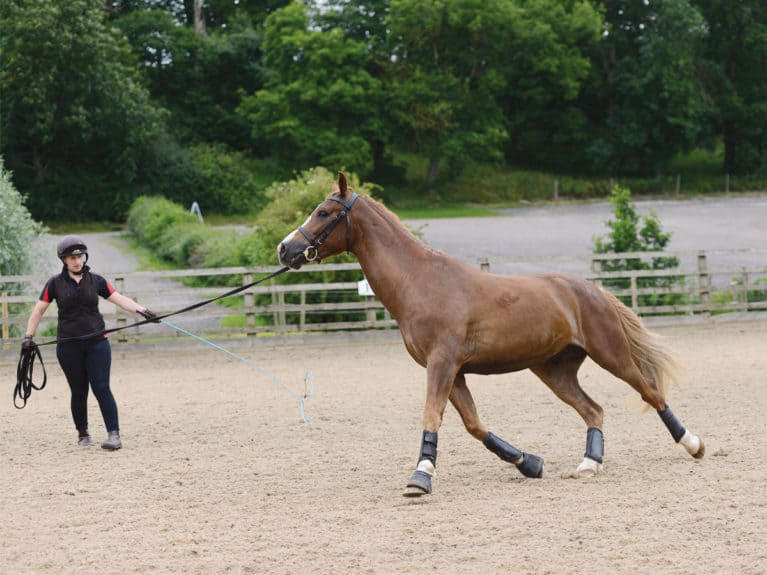
Kissing spines too close for comfort Horse and Rider
July 24, 2023 - March 2022 Issue What is kissing spines, and what does this common condition mean for your horse? Dr. Josh Harvey, DVM explains. Impinging dorsal spinous process — a condition known as kissing spines — is not unusual in barrel horses, but its effects are varied. Dr.